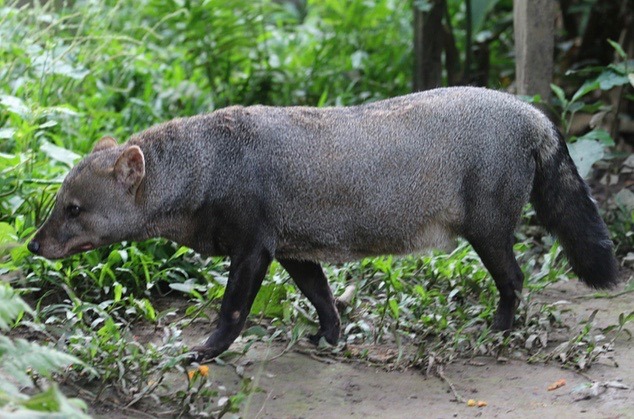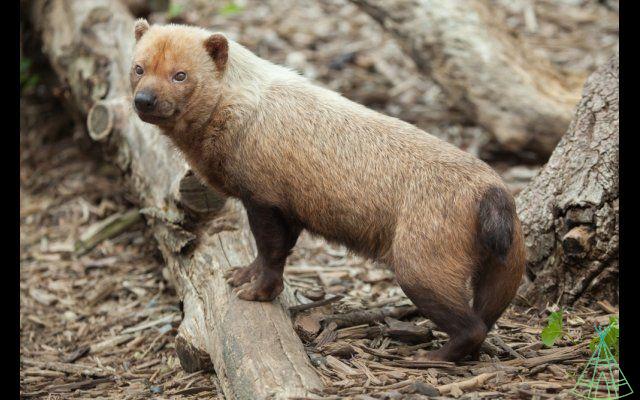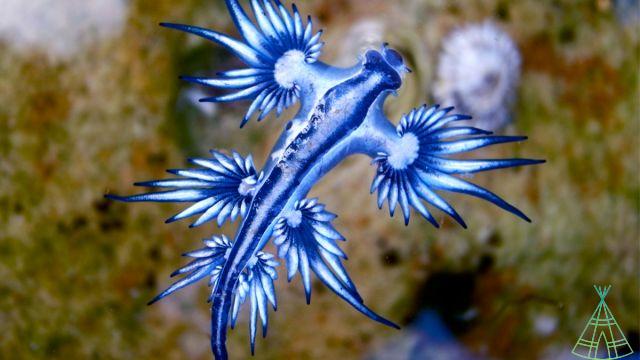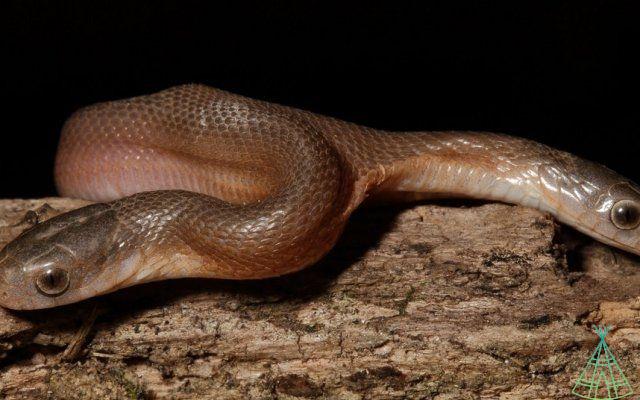South America concentrates the greatest variety of canids in the world, and a new study by the University of California-Los Angeles (UCLA) shows that all these animals derive from a single species that arrived on the continent between 3,5 and 4 million years ago back. This refutes the earlier theory that modern species had multiple ancestors.
The research, published in the Proceedings of the National Academy of Sciences, shows how quickly new species can emerge and spread in habitats where there is no petition. In addition, the study provides guidance on how we can best conserve South American canid species at risk of extinction.
Currently, ten species of canids – a family that includes dogs and wolves – live in South America, seven of which are foxes. The other three are the maned wolf, the bush dog and the short-eared bush dog.
Interestingly, some of the natural genetic mutations responsible for the emergence of extreme variations in size and diet among South American canids were also artificially introduced by us humans over thousands of years into dogs, which resulted in the multitude of breeds. that we see today.

south american canids
South America had very few placental animals and no canids before the rise of the Isthmus of Panama above sea level about 3 million years ago, allowing the arrival of new species. The time interval between this geological event and the current moment is very short from an evolutionary point of view. This raised a question in the minds of many scientists: why did so many canid species appear in such a short time? They came up with the hypothesis that multiple different ancestors passed through the isthmus at different times, leading to the emergence of species that exist today and others that are now extinct.
In order to test this hunch, Robert Wayne, a professor of evolutionary biology at UCLA, and Daniel Chavez, a researcher at Arizona State University, sequenced 31 genomes for the 10 species of canids that exist in South America. They traced the evolutionary relationships between them through analyzes of their habitats, population sizes and types of genetic mutations.
To the surprise of both, the genetic data pointed to a single ancestor, one that arrived on the continent between 3,5 and 4 million years ago – before the isthmus even fully ascended – and whose population consisted of approximately 11,6 individuals.
“We discovered that all extant canids derive from the incursion of a single ancestral species that entered the continent along a route east of the Andes Mountains”, says Chavez.
These animals soon spread throughout South America – including the narrow strip of land west of the Andes – adapting to different environments and becoming more and more different from a genetic point of view. The researchers found that all 10 species that exist today arose between 1 and 3 million years ago.

They also found that the maned wolf (a South American canid with the longest legs and whose diet consists primarily of fruit) and the bush dog (shorter legs and even more meat-dependent than European and North American wolves) are the most common species. closest of all. Their height difference stems from changes in a gene that regulates leg length.
Read more:
- How many ants are there in the world? Scientists find answer
- Giant earthworm 1 meter long found in New Zealand
- More than 200 whales are found stranded in Tasmania; half could be dead
“South American canids are the wild equivalent of the domestic dog because of their wide variety of diets and the size of their legs, and all this differentiation took place in a period of just 1 to 2 million years,” says Wayne. “All this happened because South America did not originally have this type of carnivorous animal, which means that there was an enormous amount of prey and no medium or large predators to pet. In this unoccupied niche, canids thrived and differentiated.”
Have watched the new videos on YouTube from Technology Refugee? Subscribe to the channel!


























